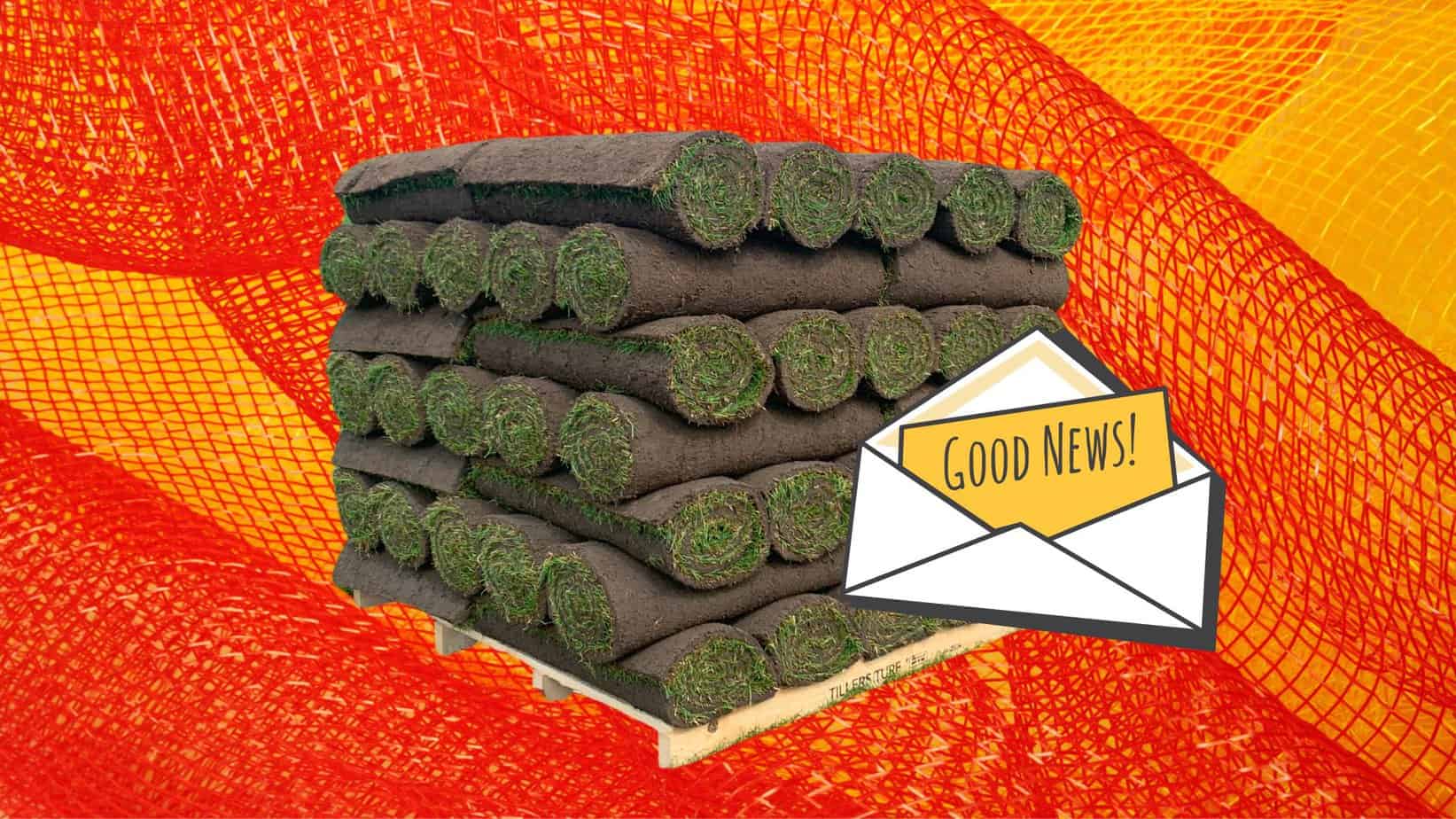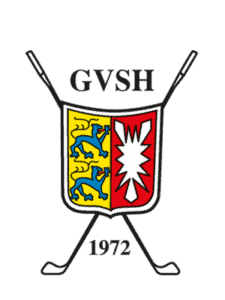TGA sets an example: no plastic nets in British turf industry
No more plastic: from November 2026, the British turfgrass industry will be using significantly less plastic netting, which provides stability for turf. Following an extensive survey of its members, the Turfgrass Growers Association (TGA), the leading association for the UK turf industry, has banned the use of plastic netting in turf production by its members. From October 31, 2026, members will no longer be permitted to use plastic netting in turf production if they wish to retain their membership of the association in the 2026/27 subscription year and beyond. “This is a defining moment, and the decision reflects the growing consensus among our members and the wider industry about the urgent need to prioritise sustainability”, says Richard Owens, Chair of TGA. By committing to eliminate plastic netting, the TGA is leading the way towards a more environmentally responsible future for turf production in the UK.”
Subscribe to our newsletter!
News & trends about sustainability in golf
Regulation creates pressure for research
Despite industry efforts to develop alternatives, there are currently no proven, cost-effective, biodegradable netting solutions that meet the practical and economic needs of turf production. While some options, such as degradable or bio-based nets, have shown promise, according to TGA, there are still issues with durability, affordability and large-scale deployment.
Sustainable solution in Germany
In principle, turf sods cannot only be stabilized with the help of plastic nets. At the German Turfgrass Association (DRV), association spokesperson Prof Martin Bocksch points out that the DRV ‘has rejected working with plastic nets since it was founded in 2004. In 2016, we adopted and published the ‘Technical Terms of Delivery for Turf Grass from Growing Stocks’ from the FLL. This was the first time that plastic net-free turf production was laid down in an official set of rules.’ The turf sods are stabilized here with other grasses, but this is more complex and expensive. In addition, the sods, which are then thicker, but it takes almost18 months to harvest.’
Producers in the Netherlands, who still work with plastic nets, can harvest thinner sod up to three times a year. These are also used outside the Netherlands on sports fields in general and golf course construction because they usually cost less.







